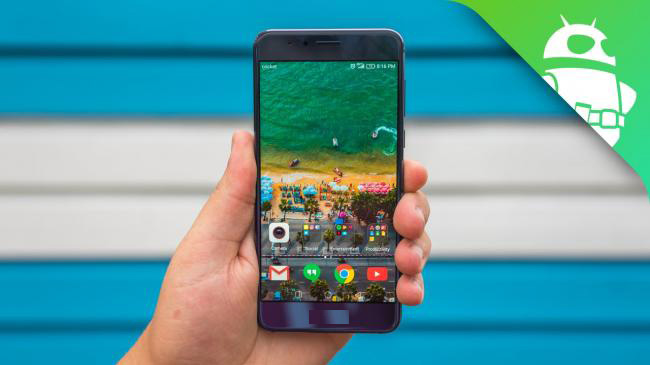
Otago-led research set to make smartphones even smarter
Toronto, Sept 1 (IBNS): The accuracy of the global positioning system (GPS) in smartphones has been significantly improved thanks to research conducted at the University of Otago, New Zealand, in collaboration with Curtin University, Australia.
Have you ever noticed that the GPS location on your smartphone isn’t all that smart? For example, your smartphone claims you are in the duck pond when in fact you are on the other side of the park and can’t even see the duck pond? This new research conducted at the University of Otago, and recently published in the international Journal of Geodesy, is about to change that.
By combining signals from four different Global Navigation Satellite Systems (GNSSs), Otago’s Dr Robert Odolinski and Curtin University colleague Prof Peter Teunissen, have demonstrated that it is possible to achieve centimeter(cm)-level precise positioning on a smartphone.
“It’s all down to the mathematics we applied to make the most of the relatively low-cost technology smartphones use to receive GNSS signals, combining data from American, Chinese, Japanese, and European GNSS. We believe this new capability will revolutionize applications that require cm-level positioning,” Dr Odolinski says.
He says to understand the new technology, a look back at the historical scientific context is needed.
“For decades, construction, engineering, cadastral surveying and earthquake monitoring have relied on high-cost, ‘dual-frequency’, GPS positioning to obtain centimetre-level location information. The challenge is that GPS signals, travelling from Earth-orbiting satellites to receivers on the ground, are disrupted along the way, and this generates errors and limiting precision. The traditional solution is to combine GPS signals sent at two different frequencies to improve the positions, but the antennas and receivers required have been expensive, far beyond the reach of many who would benefit from the technology,” says Dr Odolinski.
The new approach uses only one of two frequencies but collects data from more satellites, for what is called a “multi-constellation” GNSS solution. The extra data (and clever maths) is used to improve the positions without adding cost.
What Dr Odolinski and Prof Teunissen have now shown is that this approach can work in smartphones too, producing competitive results compared to dual-frequency GPS solutions (Figure 1).
Dr Odolinski believes that countries and industries of all sizes can benefit from using smartphones as GNSS receivers, and is confident commercial application and development will lead on from this research.
“This significant reduction in costs when using smartphones can increase the number of receivers that can be deployed, which will revolutionize a range of disciplines requiring centimetre-level positioning, including precise car navigation, surveying, and geophysics (deformation monitoring), to name a few.”
Support Our Journalism
We cannot do without you.. your contribution supports unbiased journalism
IBNS is not driven by any ism- not wokeism, not racism, not skewed secularism, not hyper right-wing or left liberal ideals, nor by any hardline religious beliefs or hyper nationalism. We want to serve you good old objective news, as they are. We do not judge or preach. We let people decide for themselves. We only try to present factual and well-sourced news.







